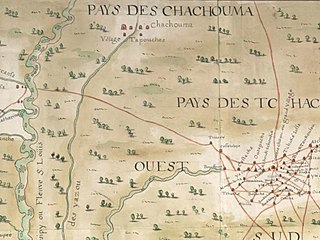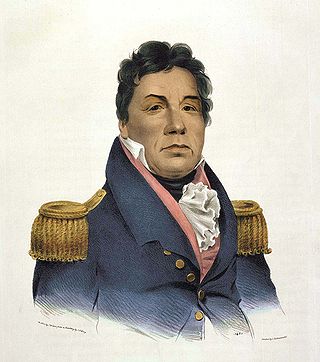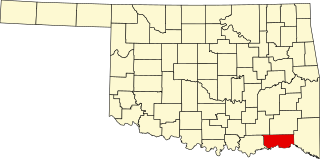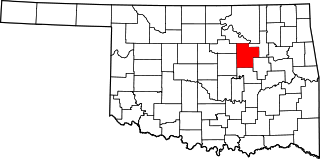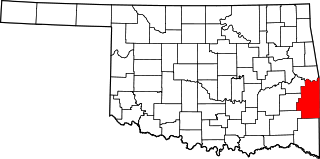Confusion around spelling and location
The name "Coosha" is derived from the Choctaw "Kushak" or "Kusha", meaning "reed" or sometimes "reed-brake" because most of the area around the headwaters of the Chickasawhay River was covered in reed-brake before European settlers arrived. The reeds were so tall that the native Choctaw were able to and often would hide horses stolen from plantations by white thieves, prompting a creek nearby Coosha to be named "Issuba in Kannia bok" (English: "Lost Horse Creek"). [2] The most common English transliteration of the name is probably "Koonsha", but the town's name is sometimes also spelled "Coucha", "Kunshak", "Coonsha", "Conshaques", or "Concha". [2] [3] The National Register Information System, a database of listings on the National Register of Historic Places, uses the spelling "Coosha." [1]
("Koomsha Town")
("Kunshak")
Coosha is listed as "Concha" on Jean Baptiste Bourguignon d'Anville's map of 1732 [4] and Baron de Crenay's map of 1733 [5] and as "Coosha" on Bernard Romans's map of 1775. [2] On the 1820 map "Louisiana and Mississippi" by Henry Schenck Tanner, it is shown as "Koomsha Town." [6] On John R. Swanton's 1931 map included in his book Source Material for the Social and Ceremonial Life of the Choctaw Indians, the town's name is spelled "Kunshak."
Though Coosha appears on many early maps, the precise location of the settlement is not well documented. Richelle Putnam states in Lauderdale County, Mississippi: A Brief History (2011) that the site is located near present-day Naval Air Station Meridian, close to Daleville, Mississippi. [3] The Publications of the Mississippi Historical Society in 1902 locates the settlement four miles southeast of "Old Daleville," now known as Lizelia, Mississippi. [2] Both sources claim the settlement was located near Lost Horse Creek, a tributary of Ponta Creek. The settlement extended along a bluff for approximately 1 mile (1.6 km) to 2.5 miles (4.0 km) along Lost Horse Creek. Two prongs of the creek–one from the west and one from the south–join "in the northeast corner of section 30, township 8, range 16, east"; [2] Coosha was located on the north side of the west prong. When the site was added to the National Register of Historic Places in 1978, it was listed with a restricted address to prevent looters from robbing the site of its archaeological artifacts. [1]
Some of the confusion around the naming and the location of the village may be attributed to the fact that there may have been multiple villages with the same name in the area. [7] Other towns located along the Ponta Creek were also called the "Coosha towns" or "Concha towns" in general, [2] so some early writers may have conflated the general term with the specific village.








